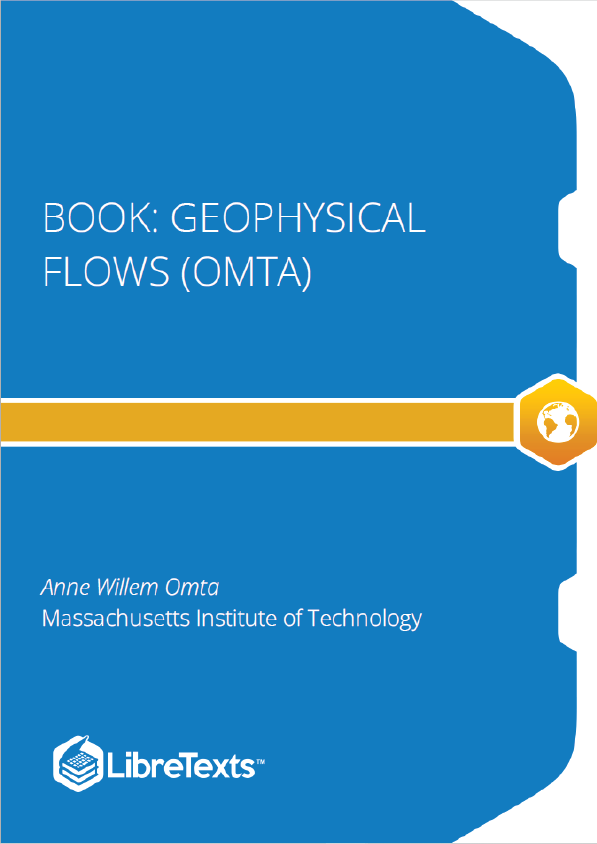The Coriolis force is a central element of the dynamics of ocean and atmosphere flows. A rigorous derivation using vector calculus is given in many textbooks on classical mechanics, but such derivations are often not the most effective way to obtain a conceptual understanding. Therefore, we will provide a more intuitive qualitative explanation here. Throughout this chapter about Geophysical Flows, we have been talking a lot about Newton’s 2nd law, but the key to understanding the Coriolis force is rather Newton’s 1st law: an object in motion stays in motion with the same speed and in the same direction unless acted upon by an unbalanced force. The Earth and everything on it is constantly moving, as the Earth rotates around its axis. Moreover, the direction of all this movement changes constantly: while you are typing at your desk at 2 p.m., you are moving in the exact opposite direction compared to when you were lying in your bed at 2 a.m. These forced changes in the direction of the movement of objects that tend to keep moving in the same direction is what gives rise to so-called pseudo-forces (which are actually very real, if you happen to live on a rotating planet such as the Earth). The pseudo-force that is the easiest to understand conceptually is the centrifugal force, depicted below.
Essentially, objects tend to be thrown off a rotating body, because the objects keep moving in a straight line (as indicated by the arrow), while the surface of the rotating body does not move in a straight line (as indicated by the circle). Fortunately, we don’t need to worry about being thrown off the Earth, because the gravitational force that keeps our feet on the ground is about 300 times stronger than the centrifugal force. The centrifugal force plays no significant role in the dynamics of the ocean and the atmosphere, but it does make the Earth slightly elliptical. The Coriolis force is a pseudo-force that emerges when an object is moving on the surface of a rotating body. The Coriolis force is conceptually much more subtle than the centrifugal force and, in fact, consists of two different effects, each illustrated below:
On the scale of the ocean, diffusion due to the random thermal motion of molecules is very slow. With a diffusion coefficient of m /s, diffusive transport over a distance of just 100 m takes about 100000 years. However, transport rates in both the ocean and the atmosphere are enhanced by many orders of magnitude through stirring by eddies of various sizes that are collectively named ‘turbulence’. The study of turbulence forms a very large and complicated topic that we are not going to cover indepth here. Instead, we will try to provide an idea of turbulence as a phenomenon and of the role it plays in the ocean and the atmosphere. Turbulence can have a mechanical or a convective origin. As an everyday example of mechanical production of turbulence, take a look at this instructional video by Tony Kuphaldt of Bellingham Technical College.











